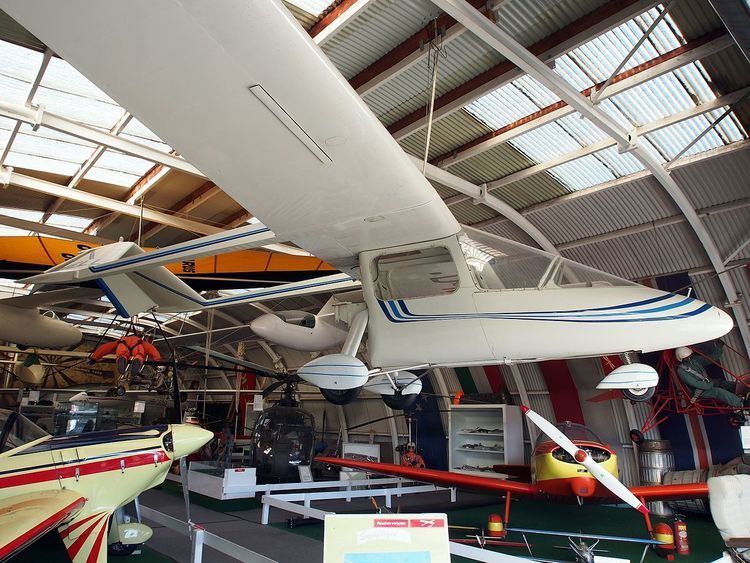Manufacturer LO-Fluggerratebau | ||
 | ||
The LO 120 S is a German parasol-wing, pusher configuration, open-cockpit, two-seats in tandem motor glider that was designed and produced by LO-Fluggerratebau. When it was available it was supplied as a kit for amateur construction and meets European microlight rules.
Contents
Design and development
The LO 120 S is of unusual design. The fuselage resembles that of an ultralight trike, but instead of a hang glider flexible wing, it mounts a rigid, straight wing with a span of 14.94 m (49 ft) in the motor glider role, with optional shorter wings for powered cross country flying. Unlike conventional trikes, the aircraft has a tail, of twin-boom configuration with an inverted v-tail. Later models enclosed and faired the cockpit into the wing, making it a high-wing aircraft.
The LO 120 S is of mixed construction, using plywood, metal and composite materials. The specified engine is the Hirth 2704 of 30 kW (40 hp) mounted behind the cockpit as a pusher powerplant. The landing gear is tricycle gear.
Specifications (LO 120 S)
Data from Purdy
General characteristics
Performance
